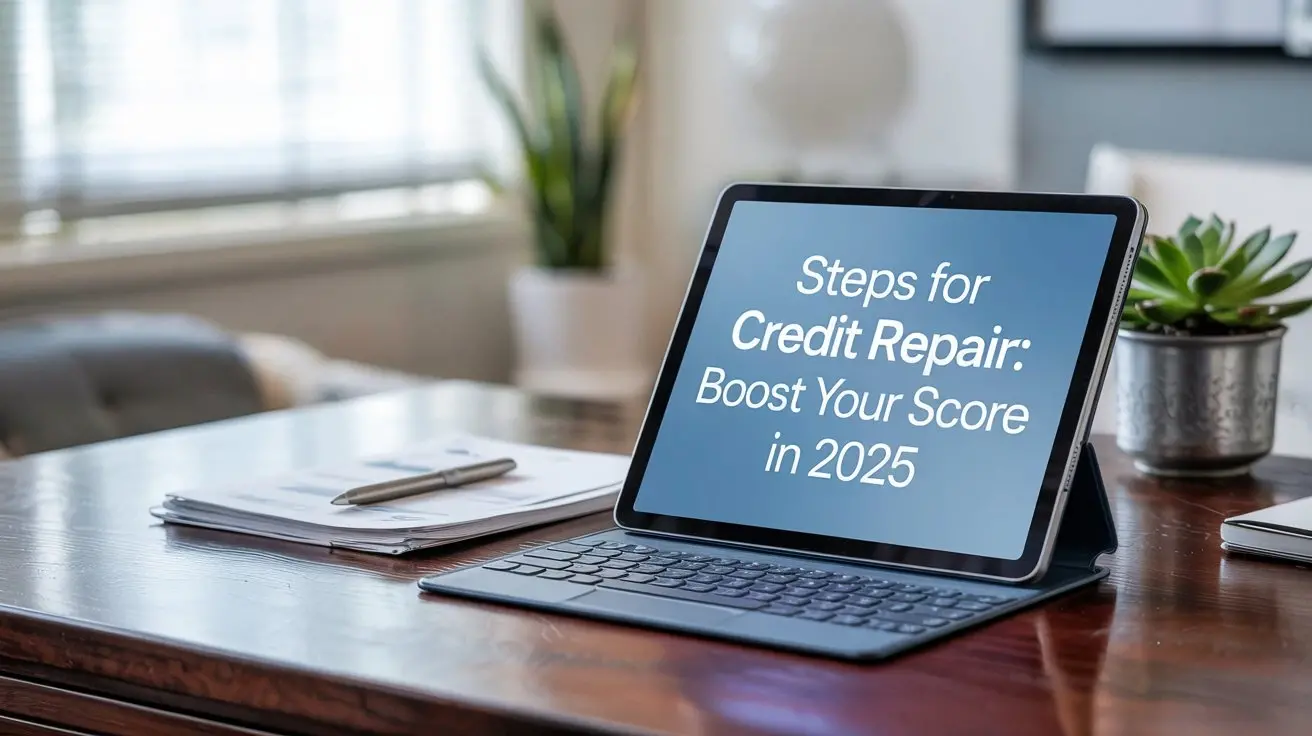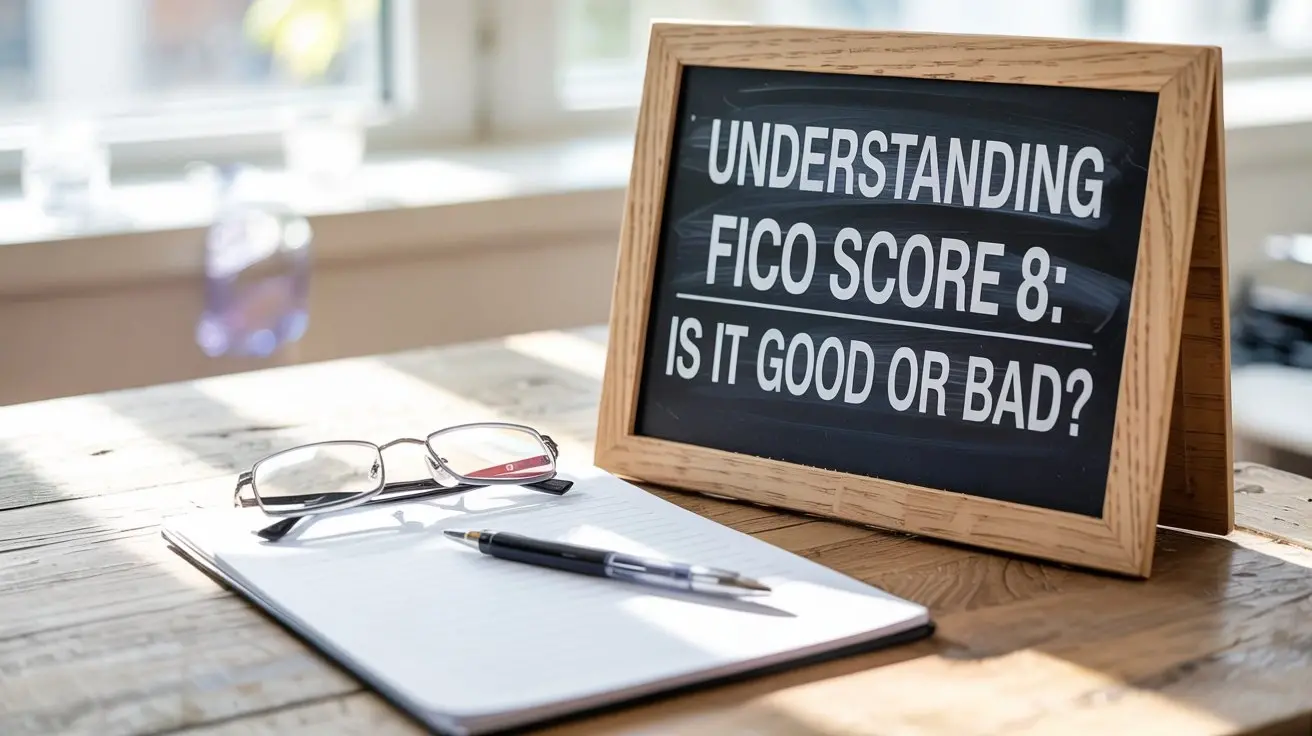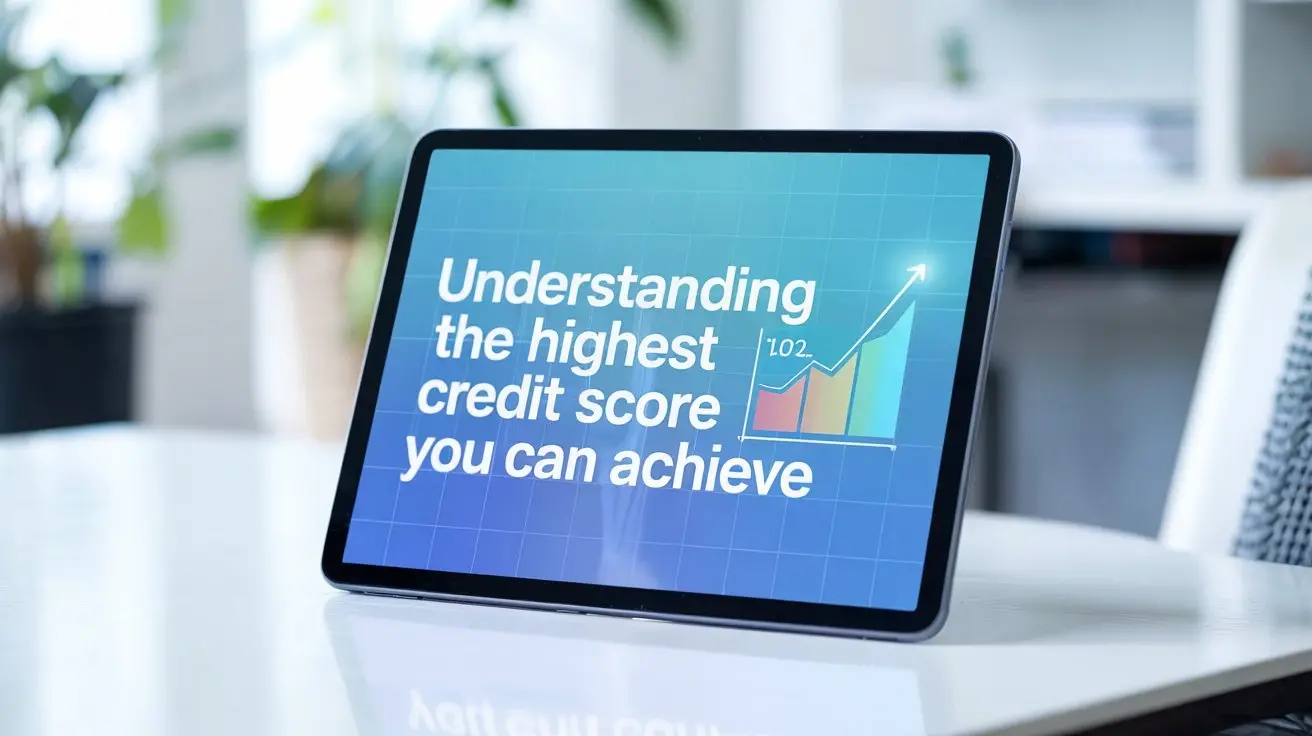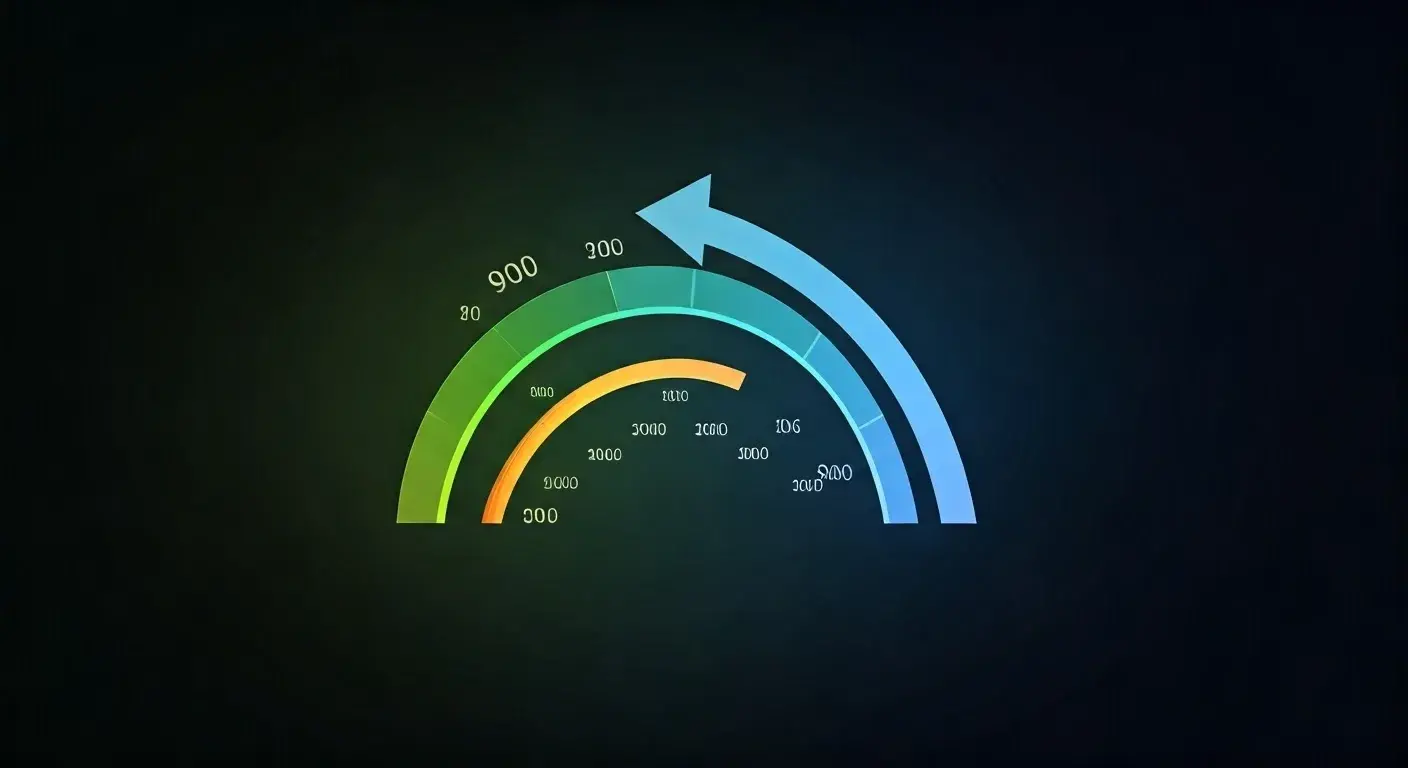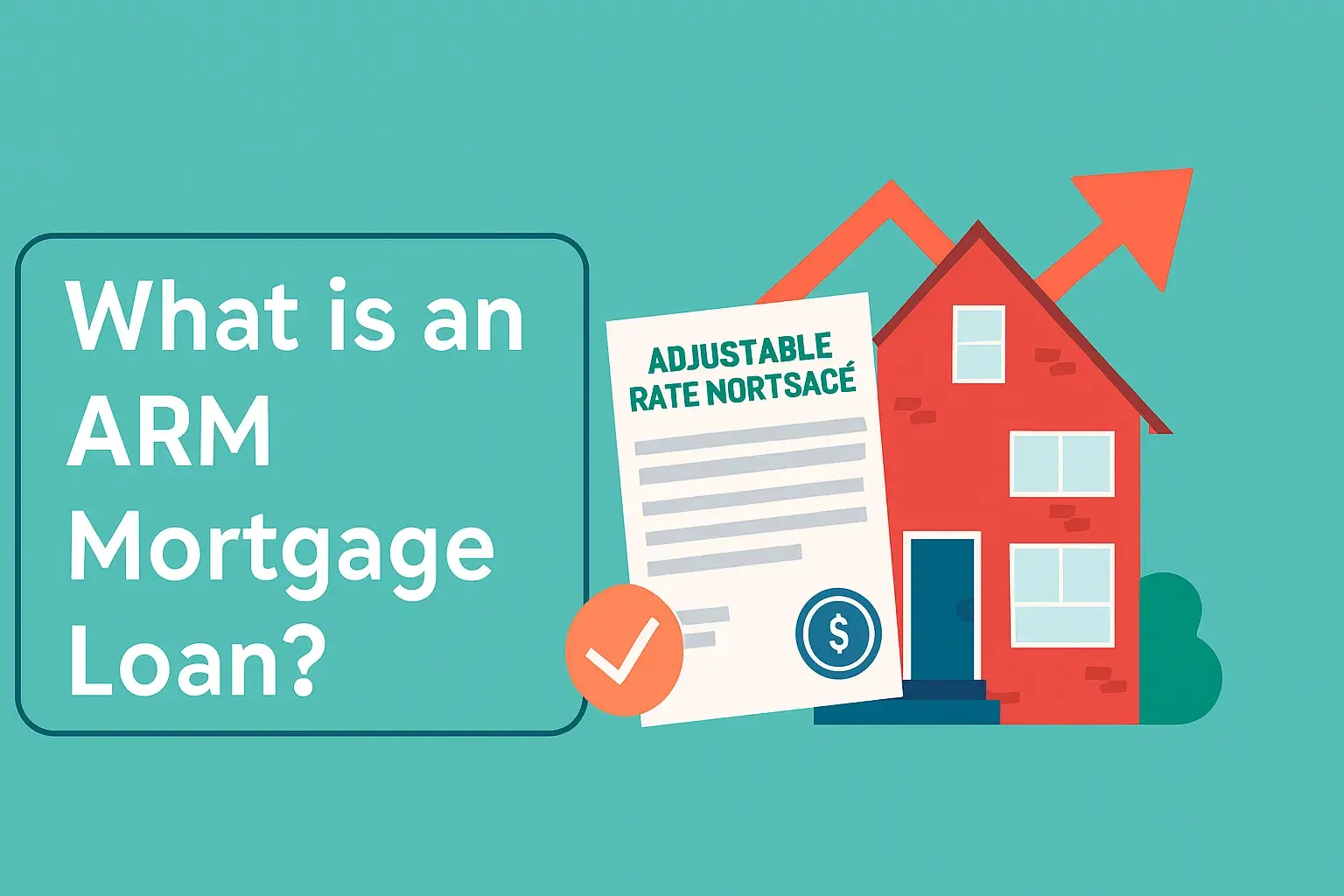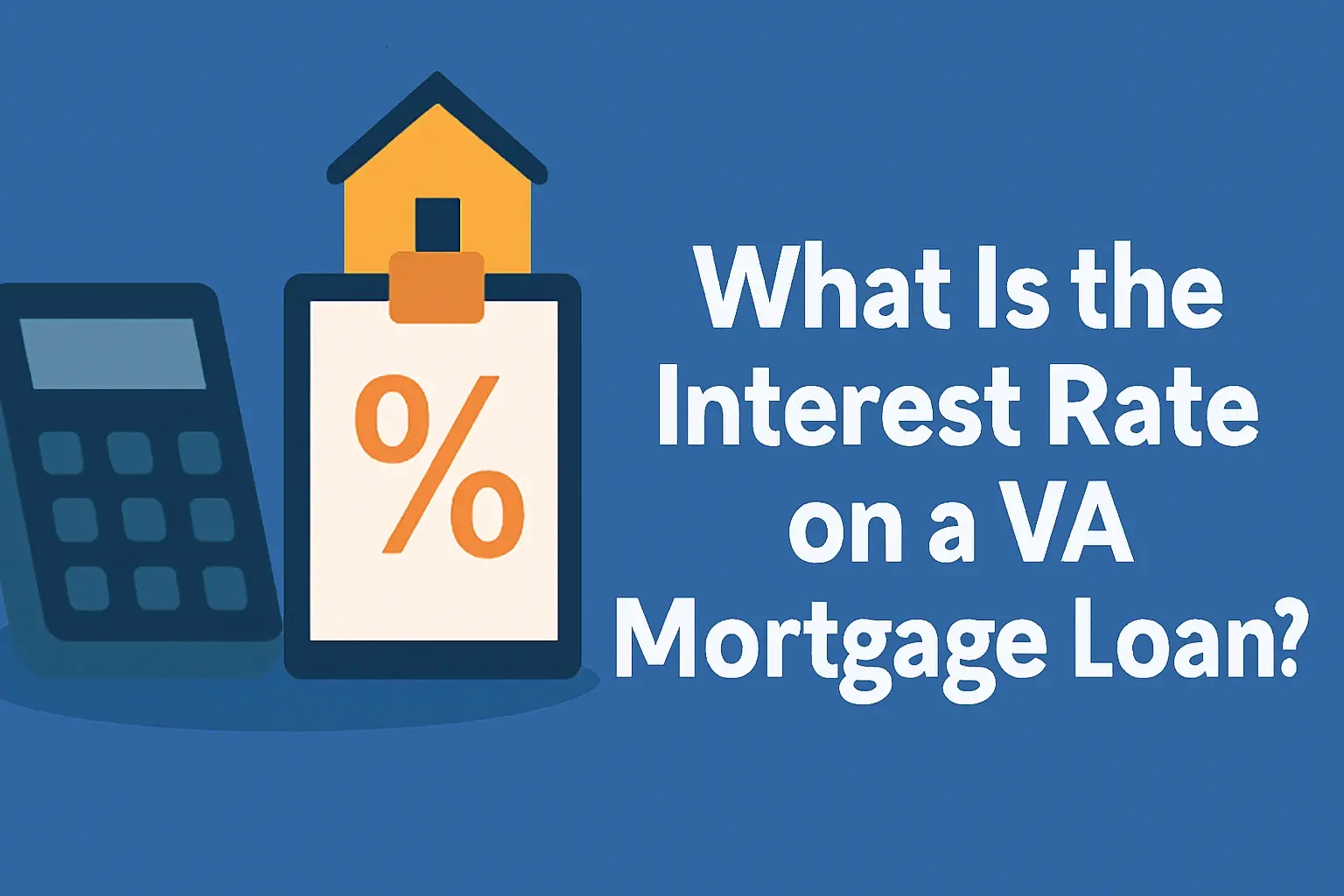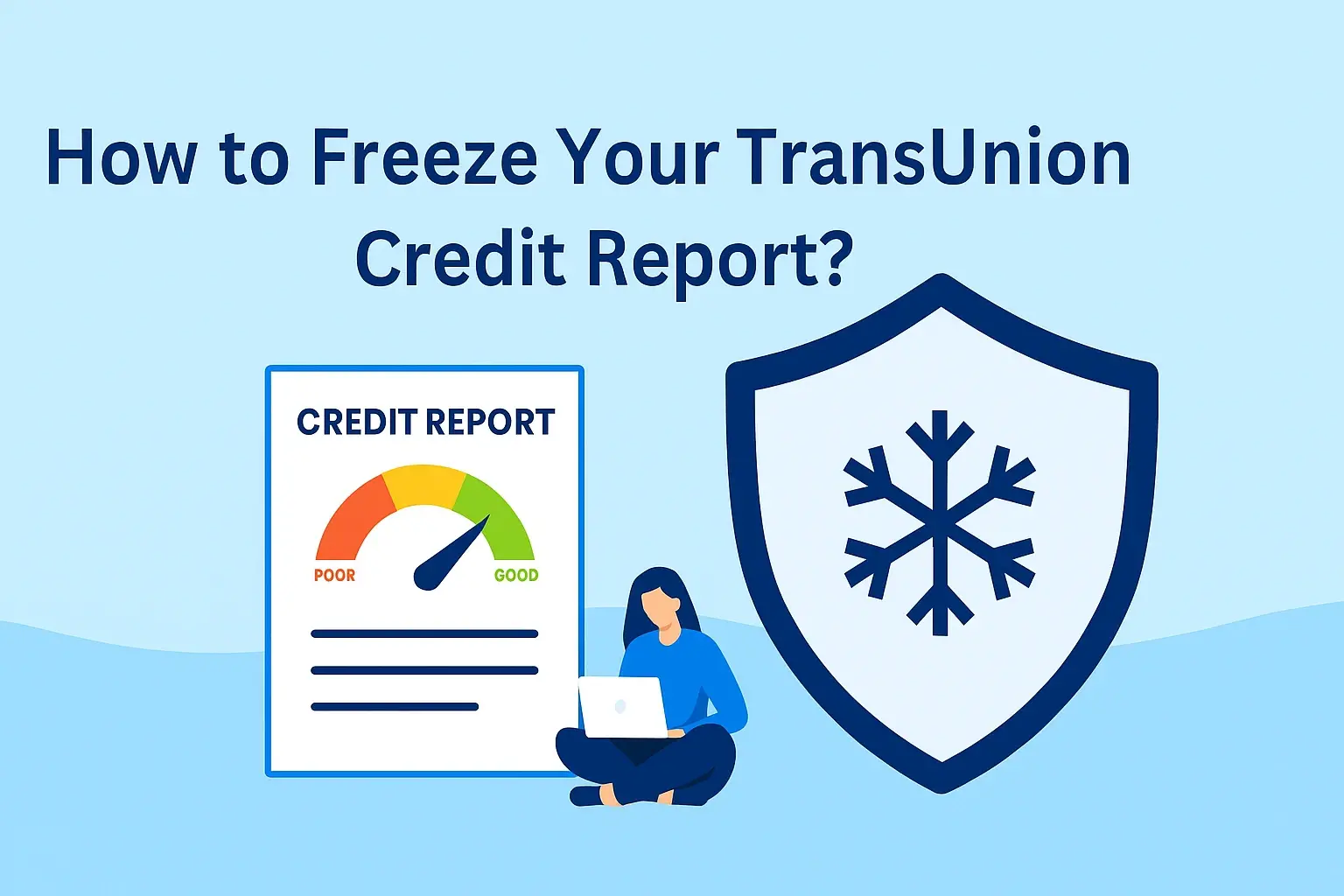-
Posted on: 21 Dec 2022

-
Understanding Collections and Credit
Navigating the world of credit can be complex, especially when past-due accounts land in collections. Understanding how these situations affect your credit score is crucial for making informed financial decisions. This guide will delve into the intricacies of collection accounts and their direct relationship with your creditworthiness.
Your credit score is a three-digit number that lenders use to assess your credit risk. It's a snapshot of your financial behavior, reflecting how reliably you've managed debt in the past. Factors like payment history, credit utilization, length of credit history, credit mix, and new credit inquiries all contribute to this score. When an account becomes severely delinquent, it can be sent to a collection agency, which is where the real work to improve your credit score begins, or at least, where the challenge intensifies.
Collection accounts represent debts that a creditor has been unable to collect directly. These can stem from unpaid credit card bills, medical expenses, personal loans, or even utility bills. Once an account is sold to or managed by a collection agency, it remains on your credit report for a significant period, typically seven years from the date of the original delinquency, regardless of whether you pay it off. This longevity means that addressing collection accounts strategically is paramount for credit repair.
The primary goal for anyone with collection accounts is to mitigate their negative impact and, ideally, improve their credit score. This involves understanding the nuances of how these accounts are reported, the different strategies available for resolution, and the long-term implications of each choice. It's not simply about making a payment; it's about making the *right* payment, at the *right* time, and ensuring the outcome is favorable for your financial future.
The Impact of Collections on Your Credit Score
The presence of a collection account on your credit report is one of the most damaging factors to your credit score. Its negative influence can be substantial, affecting your ability to secure loans, rent an apartment, or even get a job. Let's break down precisely how these accounts exert their power over your financial standing.
How Collection Accounts Appear on Credit Reports
When a debt goes into collections, it's typically reported to the major credit bureaus: Equifax, Experian, and TransUnion. The collection agency will then update your credit report with information about the debt. This often includes:
- The original creditor's name.
- The collection agency's name.
- The date the account was sent to collections.
- The amount of the debt.
- The status of the account (e.g., "paid collection," "unpaid collection").
Even if the debt is paid in full, the fact that it went to collections will remain on your report for seven years from the original delinquency date. This is a critical point many consumers misunderstand. The negative mark is not erased simply by settling the debt.
The Severity of Collection Accounts on Scores
Payment history is the most significant factor in calculating your credit score, accounting for about 35% of the FICO score. A collection account is a direct reflection of a severely negative payment history.
- For scores above 700: A collection account can drop your score by 100 points or more.
- For scores between 600 and 700: The impact might be less dramatic but still significant, potentially lowering your score by 50-80 points.
- For scores below 600: While the percentage drop might be smaller, the existing low score means a collection account can push you further into subprime territory, making credit even harder to obtain.
According to 2025 industry data, the average FICO score for consumers with an open collection account is significantly lower than those without. For instance, consumers with a paid collection might see their score recover somewhat, but an unpaid collection is a consistent drag. A recent analysis by the Consumer Financial Protection Bureau (CFPB) indicated that collection accounts are among the most common negative items on credit reports, disproportionately affecting lower-income individuals.
The Seven-Year Rule: A Double-Edged Sword
The Fair Credit Reporting Act (FCRA) mandates that most negative information, including collection accounts, must be removed from your credit report after seven years from the date of the original delinquency. This provides a light at the end of the tunnel. However, this rule has nuances:
- Original Delinquency Date: The clock starts ticking from the date the account first became delinquent, not from when it was sent to collections.
- Re-aging: Collection agencies cannot legally "re-age" a debt or make it appear more recent than it is. If a collector tries to do this, it's a violation of the FCRA.
- New Activity: Making a payment on a collection account generally does not restart the seven-year clock for reporting purposes, though some states have specific laws regarding this. However, it *does* acknowledge the debt, which can have implications if the statute of limitations for suing on the debt has not expired.
Understanding this seven-year window is crucial for strategic credit management. It informs whether paying off an old collection is beneficial or if waiting for it to fall off your report might be a better option.
Paying Off Collections: Is It Work to Improve Credit Score?
This is the core question many consumers grapple with. The answer is nuanced: yes, paying off collections *can* be work to improve your credit score, but it's not a guaranteed immediate fix, and the effectiveness depends heavily on strategy and reporting.
The Direct Impact of Payment
When you pay off a collection account, it's a positive action. It demonstrates responsibility and a commitment to resolving past debts. The most immediate benefit is that the status of the account on your credit report can be updated from "unpaid collection" to "paid collection."
For most credit scoring models, a "paid collection" is viewed more favorably than an "unpaid collection." While the negative history of the account still remains for the full seven years, the fact that it's no longer an outstanding debt can lead to a score increase. The magnitude of this increase varies significantly.
Credit Scoring Models and Paid Collections
Different credit scoring models weigh paid collections differently.
- Older Models (e.g., FICO 8): These models often still penalize paid collections, albeit less severely than unpaid ones. The negative mark remains.
- Newer Models (e.g., FICO 9, VantageScore 3.0 and 4.0): These newer models tend to disregard paid collection accounts entirely. This means that once a collection account is marked as paid, it may have little to no negative impact on your score calculated by these models. This is a significant shift and a key reason why paying off collections can be beneficial.
As of 2025, the trend is towards newer scoring models becoming more prevalent, especially among lenders who want to assess borrowers more accurately. Therefore, paying off collections is increasingly becoming a direct path to credit score improvement, particularly for those who qualify for credit products using these newer algorithms.
The "Pay for Delete" Strategy
This is a highly sought-after, though not always achievable, strategy. A "pay for delete" agreement is when you negotiate with the collection agency to have the collection account removed entirely from your credit report in exchange for payment.
How it works:
- Contact the collection agency.
- Negotiate a settlement amount (often less than the full debt).
- Crucially, before making any payment, get the agreement in writing: "In exchange for payment of [agreed amount], you agree to delete the collection account for [original creditor/account number] from all credit bureaus."
- Make the payment only after receiving the written agreement.
- Monitor your credit reports to ensure the deletion occurs.
Challenges:
- Not all collection agencies agree to this.
- Some may try to collect without deleting.
- It's essential to have the agreement in writing.
If successful, a "pay for delete" is the most effective way to improve your credit score because it removes the negative item entirely, rather than just changing its status.
The Work Involved
The "work" in "paying off collections is work to improve credit score" refers to several aspects:
- Research: Identifying the collection agency, verifying the debt, and understanding its status.
- Negotiation: Attempting to settle for less than the full amount or negotiating a "pay for delete."
- Financial Planning: Finding the funds to make the payment, especially if it's a significant sum.
- Monitoring: Checking credit reports to ensure accurate reporting and successful deletion if agreed upon.
- Patience: Understanding that score improvements may not be immediate and can take time to reflect.
Therefore, while the act of payment is simple, the process surrounding it requires effort, strategy, and diligence, making it indeed "work."
Strategies for Dealing with Collection Accounts
When faced with a collection account, you have several strategic options. The best approach depends on the age of the debt, its amount, your financial situation, and your credit goals.
1. Verification of Debt
Before you do anything else, you should verify the debt. Under the FCRA, you have the right to request debt validation from the collection agency within 30 days of their initial contact. This means they must provide proof that the debt is yours and that they have the legal right to collect it.
Steps:
- Send a certified letter requesting debt validation.
- The letter should state that you are disputing the debt and require them to provide proof of ownership and original debt details.
- If they cannot validate the debt, they must cease collection efforts and remove it from your credit report.
This is a crucial first step that can sometimes resolve the issue without any payment.
2. Negotiation and Settlement
If the debt is valid, negotiation is often the next step. Collection agencies often buy debts for pennies on the dollar, so they are usually willing to settle for less than the full amount.
- Settlement Amount: Aim to settle for 30-50% of the original debt, though this can vary.
- "Paid in Full" vs. "Settled for Less": A "paid in full" status looks better than "settled for less," but both are better than an unpaid collection. However, a settlement for less might be all you can afford.
- Get it in Writing: Always get any settlement agreement in writing *before* you pay. This agreement should clearly state the amount, the debt it covers, and confirm the account status on your credit report (ideally, deletion if you negotiated "pay for delete").
3. "Pay for Delete" Agreement
As mentioned earlier, this is the gold standard. You explicitly negotiate for the removal of the collection account from your credit report in exchange for payment.
- Be Polite but Firm: Clearly state your goal is removal.
- Offer a Realistic Amount: The amount you offer might influence their willingness to agree.
- Document Everything: Crucial for enforcement.
4. Paying the Full Amount
Sometimes, especially if the debt is relatively new or the amount is small, paying the full amount might be the simplest route. This will update the status to "paid collection," which is better than unpaid, especially with newer scoring models.
5. Ignoring the Collection (with caveats)
If the debt is very old (approaching the seven-year mark for reporting and beyond the statute of limitations for lawsuits), you might consider waiting for it to fall off your credit report.
- Statute of Limitations: This is the legal time limit a creditor has to sue you for an unpaid debt. It varies by state. If the statute of limitations has expired, they cannot successfully sue you.
- Risk: Making any payment or acknowledging the debt in writing can sometimes reset the statute of limitations or restart the reporting period in some jurisdictions. This is a complex legal area, and it's advisable to consult with a consumer protection attorney.
- Continued Negative Reporting: Even if you don't pay, the collection will continue to negatively impact your score until it falls off.
Comparison of Strategies
Here's a simplified comparison:
Strategy Pros Cons Best For Debt Validation Can remove debt without payment if invalid. Requires effort; may not work if debt is valid. When unsure of debt validity or amount. Pay for Delete Removes negative item entirely. Difficult to negotiate; requires written agreement. When complete removal is the goal and possible. Settlement Reduces amount owed; improves status to "paid." May be reported as "settled for less"; still a negative mark. When full payment is not feasible. Full Payment Updates to "paid collection"; simple if affordable. No discount; still a negative mark for 7 years. When debt is recent or affordable. Wait for Removal No cost; debt disappears automatically. Continued negative impact for years; risk of lawsuit if statute of limitations hasn't expired. Very old debts, beyond statute of limitations, and no immediate need for credit. The Process of Paying Off Collections
Successfully paying off a collection account involves a structured approach to ensure you get the best possible outcome for your credit score. It's more than just sending money; it's about strategic execution.
Step 1: Gather Information and Verify the Debt
Before engaging with a collection agency, ensure you have all the details.
- Credit Reports: Obtain copies of your credit reports from Equifax, Experian, and TransUnion. Identify the collection account, the amount, the collection agency, and the date of original delinquency.
- Request Validation: If you haven't already, send a debt validation letter via certified mail to the collection agency. This is your right.
- Confirm Original Creditor: If the collection agency cannot provide sufficient proof, they must cease collection. If they can, confirm the original creditor and the amount owed.
Step 2: Research the Collection Agency and Debt
Understand who you're dealing with.
- Reputation: Look up the collection agency online. Are they known for predatory practices? Do they have a history of agreeing to "pay for delete"?
- Legitimacy: Ensure they are a legitimate agency and not a scam.
- Statute of Limitations: Research the statute of limitations for debt collection in your state. This is crucial if you are considering not paying.
Step 3: Negotiate the Terms
This is where the "work" truly comes in.
- Your Goal: Decide whether you aim for "pay for delete," a settlement, or paying in full.
- Initial Offer: If negotiating a settlement, start low (e.g., 30% of the debt). Be prepared to justify your offer based on your financial situation.
- "Pay for Delete" Focus: If this is your primary goal, state it clearly and early. "I am willing to pay $X to resolve this debt, provided that you agree to remove this collection account entirely from my credit reports."
- Be Prepared to Walk Away: If the terms aren't favorable or if they refuse reasonable requests, you can always reconsider later or wait for the debt to age off.
Step 4: Get the Agreement in Writing
This cannot be stressed enough.
- Written Confirmation: Do not make any payment until you have a written agreement from the collection agency.
- Specifics: The agreement must clearly state the agreed-upon payment amount, the debt it settles, and the promise to delete the account from all credit bureaus.
- Review Carefully: Read the agreement thoroughly before signing or sending payment.
Step 5: Make the Payment
Once you have the written agreement:
- Payment Method: Consider using a method that provides a record, like a cashier's check or money order, or keep records of online payments.
- Keep Records: Retain copies of the agreement and proof of payment.
Step 6: Monitor Your Credit Reports
After payment, allow 30-60 days for the changes to reflect on your credit reports.
- Check All Three Bureaus: Obtain updated credit reports from Equifax, Experian, and TransUnion.
- Verify Accuracy: Ensure the collection account is marked as "paid collection" or, ideally, has been deleted entirely as per your agreement.
- Dispute Errors: If the collection agency failed to update or delete the account as agreed, file a dispute with the credit bureaus and provide your written agreement as evidence.
Example Scenario
Sarah has a $1,500 medical bill in collections from a hospital. The collection agency contacted her. She requested debt validation, which they provided. The debt is valid and about 18 months old. Sarah researched the agency and found they sometimes agree to "pay for delete." She contacted them and, after negotiation, they agreed to accept $750 (50% of the debt) in exchange for removing the collection from her credit reports. Sarah got this in writing, sent a cashier's check, and after 45 days, her credit reports showed the collection was gone. This significantly boosted her credit score.
Alternatives to Paying Off Collections
While paying off collections is often a recommended strategy, it's not the only path, and sometimes, alternatives might be more suitable. These alternatives often involve managing the debt without immediate payment or focusing on other credit-building activities.
1. Waiting for the Debt to Age Off
As previously discussed, the FCRA limits how long most negative information, including collections, can remain on your credit report to seven years from the date of the original delinquency.
- Pros: No cost involved. The negative mark will eventually disappear on its own.
- Cons: The collection will continue to negatively impact your credit score for the entire reporting period. There's a risk of being sued if the statute of limitations for debt collection has not expired.
- When it's viable: This strategy is most viable for older debts that are close to the seven-year mark and are also beyond the statute of limitations for lawsuits in your state.
2. Disputing the Debt
This is not an alternative to paying, but rather a potential way to get the debt removed without paying if it's inaccurately reported.
- Grounds for Dispute:
- The debt is not yours.
- The amount is incorrect.
- The collection agency cannot prove ownership or validation.
- The debt has already been paid.
- The debt is past the statute of limitations for reporting (though this is a complex legal point; the FCRA seven-year rule is about reporting, not legal enforceability).
- Process: File a dispute with each credit bureau reporting the collection. Provide supporting documentation.
- Outcome: If the dispute is successful, the collection will be removed. If unsuccessful, you'll need to pursue other strategies.
3. Debt Management Plans (DMPs)
While DMPs are primarily for managing unsecured debts like credit cards, some non-profit credit counseling agencies might be able to incorporate collection accounts into a DMP.
- How it works: You make one monthly payment to the agency, which then distributes it to your creditors. They may negotiate lower interest rates or waive fees.
- Impact on Collections: A DMP might help you make consistent payments towards collections, but it doesn't guarantee removal from your credit report. The collection account might still be reported as "paid" or "settled" by the agency.
- Consideration: This is more of a structured payment plan than an alternative to resolution.
4. Debt Consolidation
This involves taking out a new loan (like a personal loan or balance transfer credit card) to pay off multiple debts, including collections.
- Pros: Can simplify payments and potentially lower interest rates.
- Cons: You're essentially replacing one debt with another. The collection account will be paid off, but it will still be reported as paid. It doesn't remove the historical negative mark. This strategy requires a good enough credit score to qualify for consolidation, which might be difficult with active collections.
5. Ignoring the Debt (Risks Involved)
This is the most passive approach and carries significant risks.
- Continued Negative Impact: The collection will remain on your report for seven years, hurting your score.
- Lawsuit: If the debt is within the statute of limitations, the collection agency can sue you. A judgment against you can have even more severe and long-lasting consequences for your credit and assets.
- Wage Garnishment: If a judgment is obtained, your wages can be garnished.
- When it might be considered: Only if the debt is very old, the amount is small, and you are confident it's beyond the statute of limitations and the agency is unlikely to pursue legal action. This is a high-risk strategy.
Comparison Table of Alternatives
Alternative Primary Benefit Primary Drawback When to Consider Waiting for Age-Off No cost, automatic removal. Continued negative impact for years; risk of lawsuit. Old debts, near 7-year mark, beyond statute of limitations. Disputing Debt Potential removal without payment. Requires valid grounds and evidence; may fail. When you believe the debt is inaccurate or invalid. Debt Management Plan Structured payments, potential rate reduction. Doesn't guarantee removal; still shows as paid/settled. When struggling to manage multiple debts and need structure. Debt Consolidation Simplifies payments, potential lower rates. Replaces debt; doesn't remove history; requires good credit to qualify. When you can qualify for a new loan and want to simplify. Ignoring Debt No immediate cost. Severe risks: continued score damage, lawsuits, wage garnishment. Extremely old debts, minimal risk of legal action (high risk). When Paying Off Collections Might Not Be the Best Move
While paying off collections is often beneficial, there are specific scenarios where it might not be the optimal financial decision, or at least, not the immediate priority. Understanding these exceptions is crucial for strategic credit management.
1. The Debt is Very Old and Near the Seven-Year Mark
If a collection account is already six or more years old, and it's still impacting your score, you might be closer to its automatic removal than you think.
- Impact Diminishes Over Time: While still negative, the impact of older negative items tends to lessen compared to newer ones.
- Cost vs. Benefit: Paying a large sum for an account that will disappear in a year or less might not be the best use of your funds, especially if you have other, more pressing financial needs or opportunities to build positive credit.
- Statute of Limitations: Ensure the debt is also beyond the statute of limitations for lawsuits. If it is, the risk of legal action is minimal.
2. The Statute of Limitations for Lawsuits Has Expired
In many states, there's a legal time limit within which a creditor can sue you to collect a debt. If this period has passed, the collection agency cannot win a lawsuit against you.
- No Legal Recourse: While they can still try to collect and report it, they lose their strongest leverage – the threat of legal action.
- Risk of Restarting the Clock: Be extremely cautious. Making a payment or even acknowledging the debt in writing can sometimes restart the statute of limitations in certain jurisdictions. Consult a legal professional if you are unsure.
- Focus on Other Priorities: If the debt is uncollectible legally, you might prioritize saving for a down payment, investing, or paying off other debts with higher interest rates or more immediate negative impacts.
3. You Need to Preserve Your Cash for More Critical Needs
Your financial well-being comes first. If paying off a collection account would deplete your emergency fund, prevent you from paying for essential living expenses, or cause significant financial hardship, it's likely not the right move at that moment.
- Emergency Fund: A robust emergency fund (3-6 months of living expenses) is paramount. Do not sacrifice this for a collection payment.
- Essential Expenses: Prioritize rent/mortgage, utilities, food, and essential medical care.
- Opportunity Cost: Consider what else you could do with that money. Could it be used for a course to improve your job prospects, or to invest in a high-yield savings account?
4. The Debt is Inaccurate or Disputed
If you have strong evidence that the debt is not yours, is for the wrong amount, or has already been paid, you should dispute it rather than pay it. Paying an inaccurate debt can be seen as acknowledging its validity.
- Dispute Process: Follow the formal dispute process with the credit bureaus and the collection agency.
- Gather Evidence: Collect all documentation supporting your claim.
- Legal Counsel: If the dispute is complex or the stakes are high, consider consulting a consumer protection attorney.
5. The Amount is Negligible and Not Worth the Effort
For very small collection amounts (e.g., under $50-$100), the potential score increase might not justify the time, effort, and potential cost of negotiation and payment.
- Weigh the Impact: While any collection is negative, the impact of a very small one might be less severe than larger ones.
- Focus on Bigger Issues: It might be more strategic to focus your energy on larger debts or on building positive credit history.
- Check Reporting: Ensure the collection agency is actually reporting it to all three bureaus. Some smaller debts might not have a significant reporting presence.
6. You Are Actively Building Positive Credit
If you are already taking steps to build positive credit, such as using a secured credit card responsibly, making on-time payments on existing accounts, and keeping credit utilization low, the impact of an old collection might be less critical.
- Positive Habits Outweigh Negatives: Consistent positive behavior over time can gradually outweigh the impact of older negative items.
- Prioritize Growth: Sometimes, focusing on adding new, positive credit history is a more effective long-term strategy than trying to remove or pay off every single negative item, especially if those items are old.
In these situations, it's often more prudent to focus on other financial goals, build a strong positive credit history, and allow older negative items to age off your report naturally. Always weigh the cost, effort, and potential benefit against your overall financial situation and goals.
Building Credit After Collections
Once you've addressed collection accounts, or even while you're in the process, the focus shifts to rebuilding your credit profile. This is about establishing a new pattern of responsible credit behavior that will gradually overshadow the past negative marks.
1. Prioritize On-Time Payments
Payment history is the most critical factor in credit scoring.
- All Bills: Pay all your bills on time, every time – credit cards, loans, utilities, rent (if reported).
- Set Reminders: Use calendar alerts, auto-pay (for amounts you can afford to pay in full), or payment apps.
- Consistency is Key: A consistent record of on-time payments is the foundation of good credit.
2. Manage Credit Utilization Wisely
Credit utilization (the amount of credit you're using compared to your total available credit) accounts for about 30% of your credit score.
- Keep Balances Low: Aim to keep your credit utilization ratio below 30%, and ideally below 10%, on each card and overall.
- Pay Down Balances: If you have credit card debt, focus on paying it down.
- Avoid Maxing Out Cards: This signals financial distress.
3. Consider Secured Credit Cards
These are excellent tools for individuals with damaged credit.
- How they work: You provide a cash deposit that becomes your credit limit. This deposit mitigates the lender's risk.
- Benefits: They report to credit bureaus, allowing you to build a positive payment history.
- Best Practices: Use the card for small, recurring purchases and pay the balance in full each month.
4. Become an Authorized User
If you have a trusted friend or family member with excellent credit, they can add you as an authorized user to one of their credit cards.
- How it works: You get a card linked to their account. Their positive payment history and low utilization can benefit your credit.
- Risks: If the primary cardholder misses payments or has high utilization, it can also negatively impact your credit. Ensure the primary user is responsible.
- Reporting: Not all card issuers report authorized user activity to credit bureaus, so confirm this beforehand.
5. Obtain a Credit-Builder Loan
These are small loans designed specifically for credit building.
- How they work: You make payments on the loan, but the funds are typically held in an account and released to you only after the loan is fully repaid.
- Benefits: Demonstrates consistent repayment behavior.
- Availability: Often offered by credit unions and community banks.
6. Monitor Your Credit Reports Regularly
Keep track of your progress and ensure accuracy.
- Annual Credit Report: Get your free annual credit reports from AnnualCreditReport.com.
- Credit Monitoring Services: Many services offer free or low-cost credit monitoring, alerting you to changes.
- Identify Errors: Regularly checking helps you spot and dispute any inaccuracies promptly.
7. Diversify Your Credit Mix (Over Time)
Having a mix of credit types (e.g., credit cards, installment loans) can be beneficial, but this is a less critical factor than payment history and utilization.
- Don't Open Unnecessary Accounts: Only seek new credit when you genuinely need it and can manage it responsibly.
- Focus on Existing Accounts: Responsible management of current accounts is more important than seeking out new types of credit prematurely.
Building credit after collections is a marathon, not a sprint. It requires patience, discipline, and a consistent commitment to responsible financial habits. By focusing on these strategies, you can gradually improve your credit score and regain financial confidence.
Real-World Scenarios and Examples
Let's illustrate the impact of dealing with collections through a few common scenarios.
Scenario 1: The Recent Medical Bill
Background: Maria had a $500 medical bill that went to collections about 6 months ago. It's her only collection account. Her credit score is around 650.
Option A: Pay for Delete Negotiation
- Maria contacts the collection agency.
- She negotiates to pay $300 (60% of the debt) in exchange for the account being deleted from her credit reports.
- She gets the agreement in writing and makes the payment.
- Outcome: Within 60 days, the collection account is removed. Her credit score, calculated by newer models, jumps significantly, potentially to 700+, as the most recent negative item is gone.
Option B: Pay in Full (No Deletion)
- Maria negotiates to pay the full $500. The agency agrees to mark it as "paid collection."
- She gets this in writing and pays.
- Outcome: The account status changes from "unpaid collection" to "paid collection." With older scoring models, her score might see a slight improvement (e.g., a few points) or stay the same. With newer models, the score could jump as the account is no longer considered an outstanding debt, potentially to around 670-680.
Analysis: "Pay for delete" yielded a better score improvement for Maria, especially if lenders use newer scoring models.
Scenario 2: An Old Credit Card Debt
Background: David has an unpaid credit card debt of $2,000 that went to collections 5 years ago. The original delinquency was 7 years ago. His credit score is 580. The statute of limitations for lawsuits in his state is 6 years.
Option A: Wait for Age-Off
- David decides not to pay.
- He monitors his credit. The collection will fall off his report in 2 years.
- He focuses on building positive credit with a secured card and on-time payments.
- Outcome: His score gradually improves due to positive activity, perhaps reaching 620-630 by the time the collection falls off. Once it's gone, his score could see a more significant boost.
Option B: Settlement
- David contacts the agency. He learns the statute of limitations is about to expire.
- He negotiates a settlement for $800 (40% of the debt). The agreement states it will be reported as "settled for less than full amount."
- He pays and gets it in writing.
- Outcome: The account is updated to "settled for less." This is better than unpaid, but the "settled" status can still be a negative factor. His score might improve slightly to 590-600 due to the improved status, but the older negative history remains. He still has 2 years until it falls off.
Analysis: For David, waiting for age-off, while risky if the statute of limitations were longer, is a viable strategy given its proximity. Paying a settlement provides a slight improvement but doesn't remove the core negative history. The risk of legal action is low if the statute has truly expired.
Scenario 3: A Small, Recent Utility Bill Collection
Background: Emily has a $75 utility bill in collections, reported about 3 months ago. Her score is 720.
Option A: Pay Immediately
- Emily contacts the agency and pays the $75 in full.
- She ensures it's reported as "paid collection."
- Outcome: With newer scoring models, the impact is minimal to none after payment. Her score might remain stable or see a slight dip then recovery. With older models, it might drop slightly but is less impactful than a larger debt.
Option B: Dispute (if grounds exist)
- Emily believes the bill was already paid or incorrect.
- She disputes it with the credit bureaus, providing proof.
- Outcome: If the dispute is successful, the collection is removed. If not, she would then consider paying.
Analysis: For a small, recent debt like this, prompt payment or dispute is usually best. The negative impact is fresh, and resolving it quickly minimizes damage.
Key Takeaways from Scenarios
- "Pay for Delete" is powerful: If achievable, it offers the most significant score improvement.
- "Paid Collection" is better than unpaid: Especially with newer scoring models.
- Age matters: Older debts nearing the seven-year mark might be candidates for waiting.
- Statute of limitations: A critical factor when considering not paying older debts.
- Amount influences strategy: Small debts might be paid off quickly; larger ones require negotiation.
- Always get agreements in writing: Crucial for enforcement.
Conclusion: Your Credit Score Journey
The question "Paying off collections is work to improve credit score?" is definitively answered with a resounding yes, but with important caveats. It is indeed work, requiring research, negotiation, financial planning, and diligent follow-up. The benefit is tangible: addressing collection accounts, particularly through strategic "pay for delete" agreements or by updating their status to "paid," can significantly improve your credit score, especially as newer scoring models become more prevalent.
However, not all collections are created equal. The age of the debt, the remaining time until it falls off your credit report, and the expiration of the statute of limitations for lawsuits are critical factors. In some cases, waiting for an old, legally uncollectible debt to age off your report might be a more prudent financial strategy than paying it. Always prioritize your essential financial needs and emergency funds.
Ultimately, managing collections is a vital step in your credit repair journey. By understanding the impact of these accounts, exploring your options, and acting strategically, you can mitigate their damage and pave the way for a stronger credit future. Remember to monitor your credit reports closely and focus on building positive credit habits consistently.
